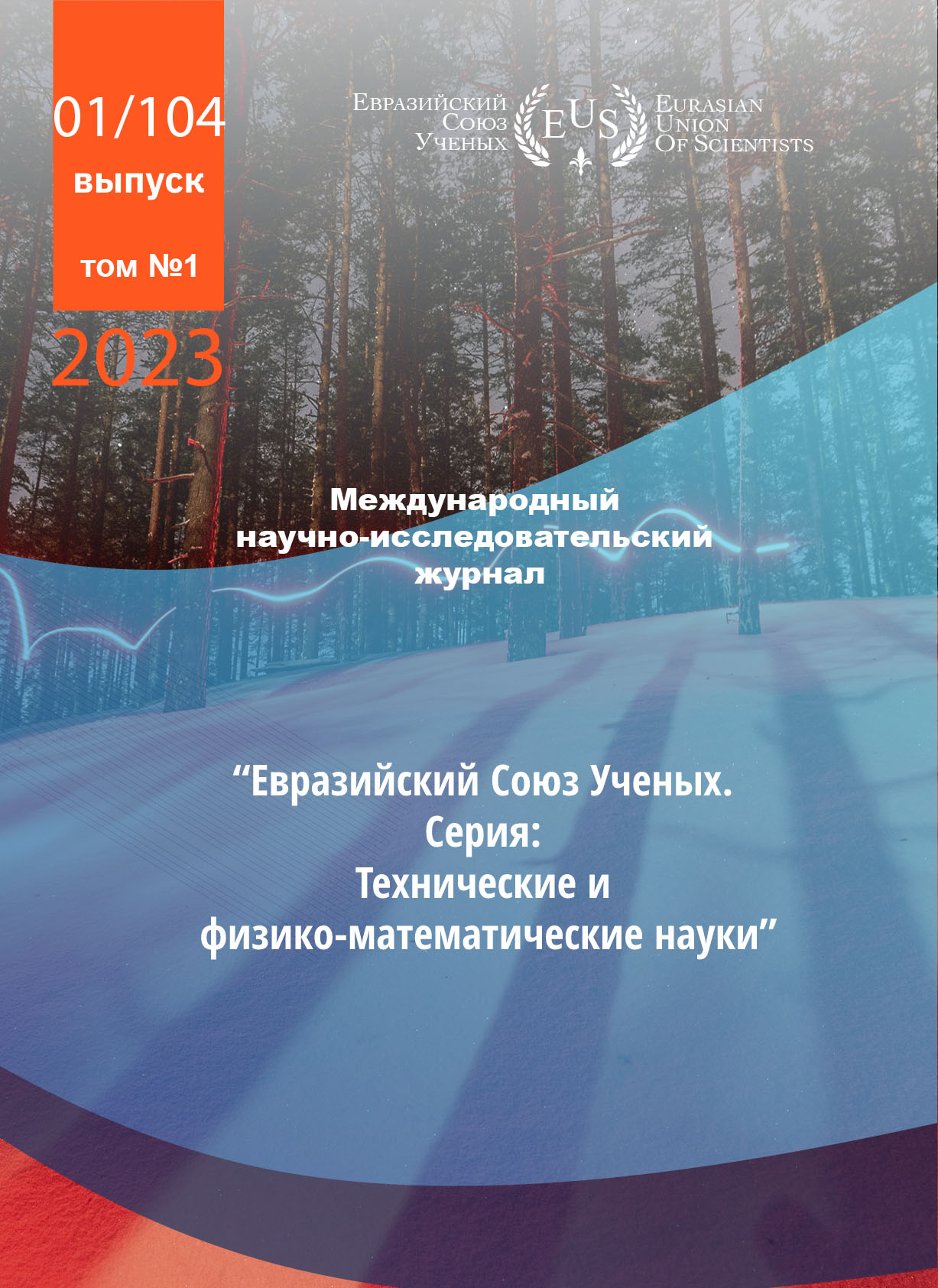WAYS OF ENERGY SAVING OF ENGINEERING MICROCLIMATE SYSTEMS OF BUILDINGS
Keywords:
adaptive ventilation, ventilation windows, window, energy, recuperator, humidity, supply valve, central heating substation
Abstract
At present, a modern room is a complex technical system which should take into account and mutually take into account not only the energy efficiency requirements of engineering systems, but also ensuring the internal climate of the premises. Reducing energy consumption in buildings and improving energy efficiency are being considered various energy saving measures aimed at the efficient use of energy in buildings and engineering systems. In Kazakhstan, over the past decades, there have been changes in the regulatory requirements for energy efficiency and energy saving of buildings. A number of regulations have been adopted associated with improving the energy efficiency of not only newly constructed buildings and structures, but also operated buildings, as well as with the development and implementation of new principles and systems life support, that is, the creation and maintenance of a microclimate. of world and domestic experience, it follows that at present there is an active development of energy-saving engineering systems for the microclimate of buildings. Projects are included energy-saving measures in microclimate systems that provide the specified values of energy indicators of the microclimate of the room at minimal energy consumption. From of the foregoing follows the relevance of the issue that the energy consumption of supply systems microclimate as a whole can be reduced by combining all engineering devices and technologies for reducing energy consumption to a level at which the required microclimate parameters are maintained in room. This is possible when assessing the effectiveness of microclimate systems and the availability automated control systems.References
1 Pilipenko N.V., Sivakov I.A. - Jenergosberezhenie i povyshenie jenergeticheskoj jeffektivnosti inzhenernyh sistem i setej. Uchebnoe posobie. -SPb: NIU ITMO, 2013.
2 Fokin V.M. Osnovy jenergosberezhenija i jenergoaudit. M.,2006
3 Kruglik V.M., Sychev N.G. Osnovy jenergosberezhenija: uchebnoe posobie dlja studentov jekonomicheskih special'nostej. – Minsk: IPD, 2010.
4 Matrosov Ju.A. Jenergosberezhenie v zdanijah. Problema i puti ejo reshenija. – M.:NIISF, 2008.
5 Aldayarov, M., Dobozi, I., Nikolakakis, T. (2017). Stuck in Transition: Reform Experiences and Challenges Ahead in the Kazakhstan Power Sector. Washington, DC: World Bank.
6 https://online.zakon.kz/Document/?doc_id=31112351#pos=41.;-44BP.(2018), BP Energy Outlook, 2018 edition. Available from:
7 https://www.bp.com/content/dam/bp/en/corporate/pdf/energy-economics/energy-outlook/bp-energy-outlook2018.pdf
2 Fokin V.M. Osnovy jenergosberezhenija i jenergoaudit. M.,2006
3 Kruglik V.M., Sychev N.G. Osnovy jenergosberezhenija: uchebnoe posobie dlja studentov jekonomicheskih special'nostej. – Minsk: IPD, 2010.
4 Matrosov Ju.A. Jenergosberezhenie v zdanijah. Problema i puti ejo reshenija. – M.:NIISF, 2008.
5 Aldayarov, M., Dobozi, I., Nikolakakis, T. (2017). Stuck in Transition: Reform Experiences and Challenges Ahead in the Kazakhstan Power Sector. Washington, DC: World Bank.
6 https://online.zakon.kz/Document/?doc_id=31112351#pos=41.;-44BP.(2018), BP Energy Outlook, 2018 edition. Available from:
7 https://www.bp.com/content/dam/bp/en/corporate/pdf/energy-economics/energy-outlook/bp-energy-outlook2018.pdf
Published
2023-02-12
How to Cite
Abieva, G.S., B.D. Abdumomyn, and G.M. Zhakypova. 2023. “WAYS OF ENERGY SAVING OF ENGINEERING MICROCLIMATE SYSTEMS OF BUILDINGS”. EurasianUnionScientists, February, 02-07. https://fizmat-tech.euroasia-science.ru/index.php/Euroasia/article/view/865.
Issue
Section
Article
CC BY-ND
A work licensed in this way allows the following:
1. The freedom to use and perform the work: The licensee must be allowed to make any use, private or public, of the work.
2. The freedom to study the work and apply the information: The licensee must be allowed to examine the work and to use the knowledge gained from the work in any way. The license may not, for example, restrict "reverse engineering."
2. The freedom to redistribute copies: Copies may be sold, swapped or given away for free, in the same form as the original.





